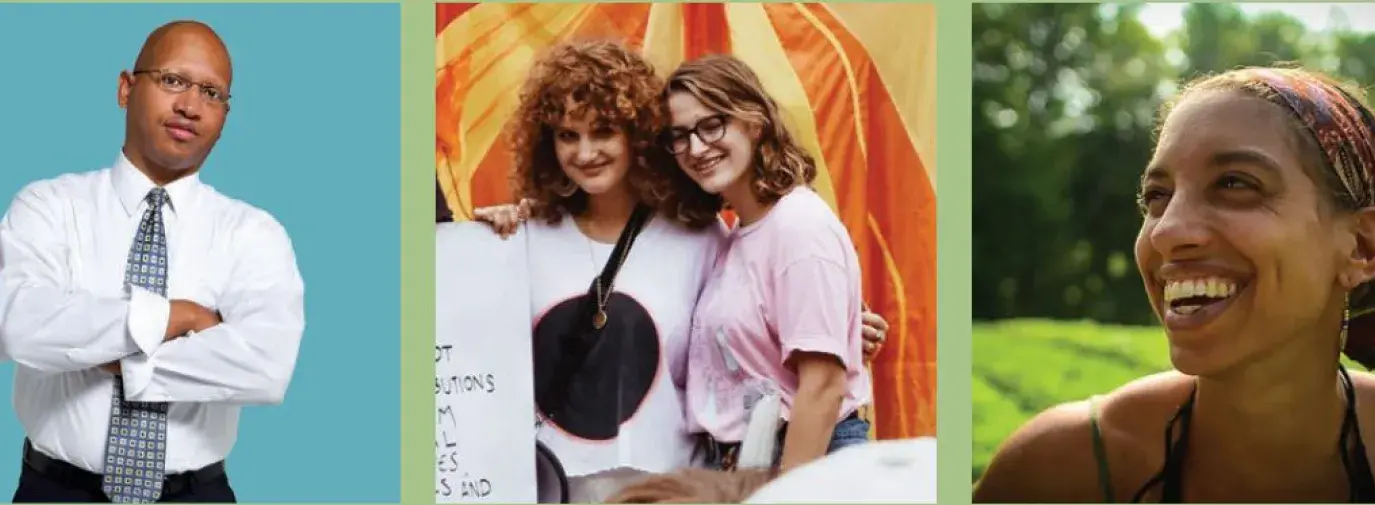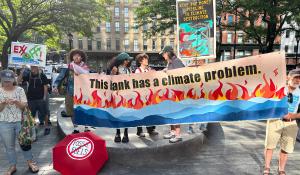
When we started working on this issue, it was with the November election in mind. In February, no one knew the Green American team would spend most of our spring days separated and working from home. The intent of developing this feature for our summer issue was to make sure that environmental justice issues was top-of-mind as people headed to legislators’ town halls and to the polls in the summer and fall.
Then came COVID-19. The pandemic quickly revealed itself as an environmental justice issue. Then on March 26, the stories we planned became more relevant than ever when the Environmental Protection Agency issued a pass to polluters. The EPA stated it would not penalize companies that break environmental laws—as long as the companies claim the pandemic as the reason. This will affect not just businesses, but people. Communities like those in University Park, Los Angeles, and Native people in North Dakota are pushing back against dirty energy in their backyards. They will only face a tougher fight without any support from EPA regulation.
Meanwhile, other groups, like Soul Fire Farm and Rise and Root Farm, have already been fighting some of the injustices that create deadly health outcomes for the people in their communities. And now these same injustices mean a higher infection and death rate for people of color with COVID-19.
These stories, though about people in precarious circumstances, give me great hope. These warriors press forward no matter what—they won’t give up the fight for their communities as they take on the climate crisis.
As we publish this issue, we are all still in work-from-home mode with the editorial team spread across five states. Come November, we will have an election, and it’s clearer than ever that we must fight for and beside those who stand for environmental justice. And we must vote for those who cannot. Like Lily Gardner, the 16-year old climate activist, who in her essay “What a Green New Deal Would Mean for Kentucky,” says:
“I’ve become convinced that another world is possible, a world in which we invest in our home and one another, a place where everyone has access to healthcare and a good job no matter the color of their skin or who they love.”







